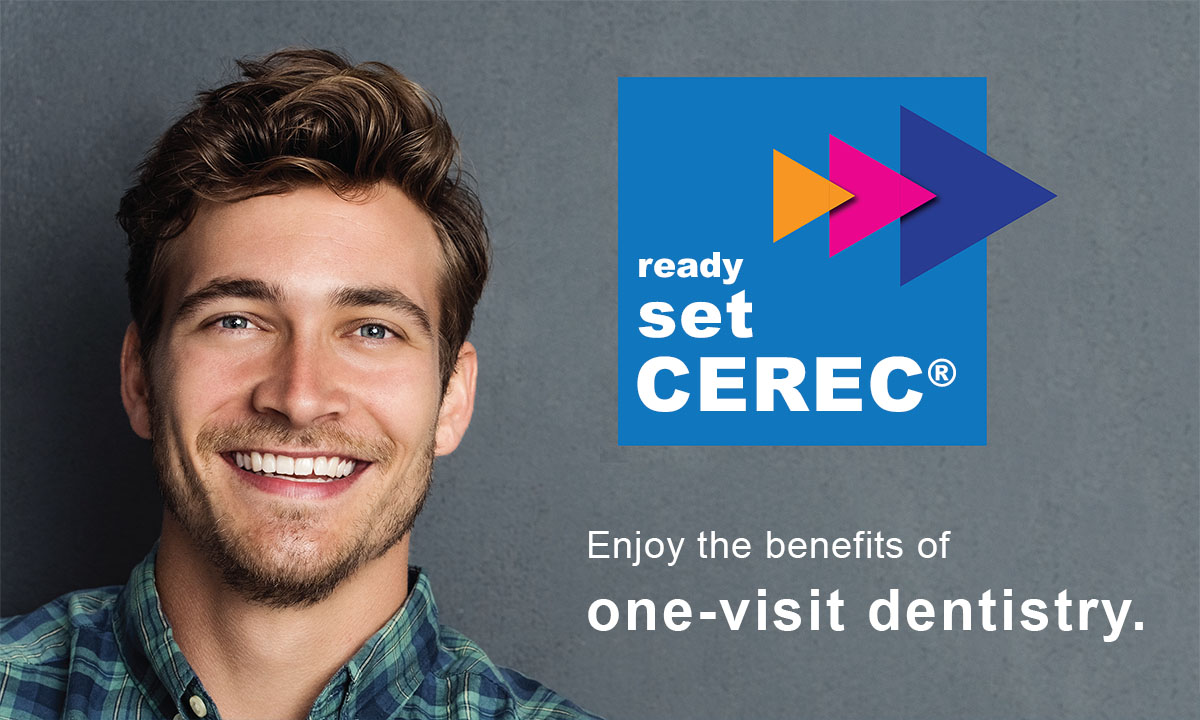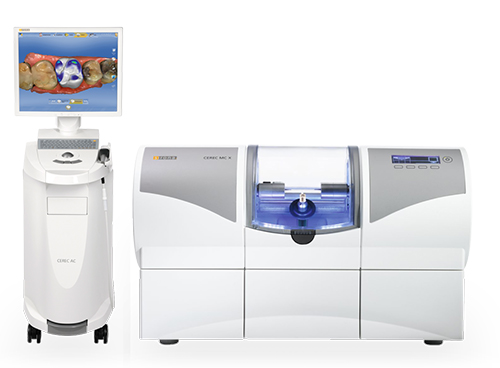Why Same-Day Restorations Matter
CEREC technology replaces the traditional multi-visit crown process with a single appointment workflow that emphasizes precision and convenience. For many patients, this means fewer trips to the office and a complete restoration placed the same day the tooth is prepared. The approach reduces the time a tooth spends without a permanent restoration and eliminates the need for temporary crowns in most cases.
Beyond convenience, same-day restorations can enhance the coordination of care. When the design and fabrication happen chairside, the dentist can fine-tune shape, fit, and shade immediately, ensuring the restoration aligns with the patient’s functional needs and aesthetic goals. This close loop between diagnosis, design, and delivery gives clinicians more control over the final result.
CEREC’s digital workflow also supports patient communication. Visual scans and on-screen designs make it easier to show and explain restorative options, helping patients understand the proposed work and feel more confident about the treatment path. This transparency supports informed decisions and a smoother clinical experience overall.







